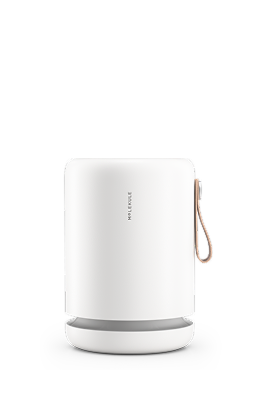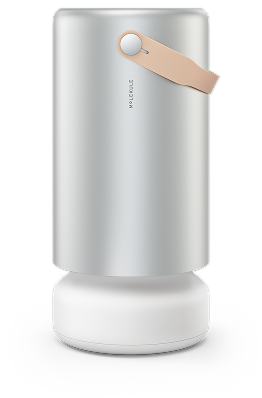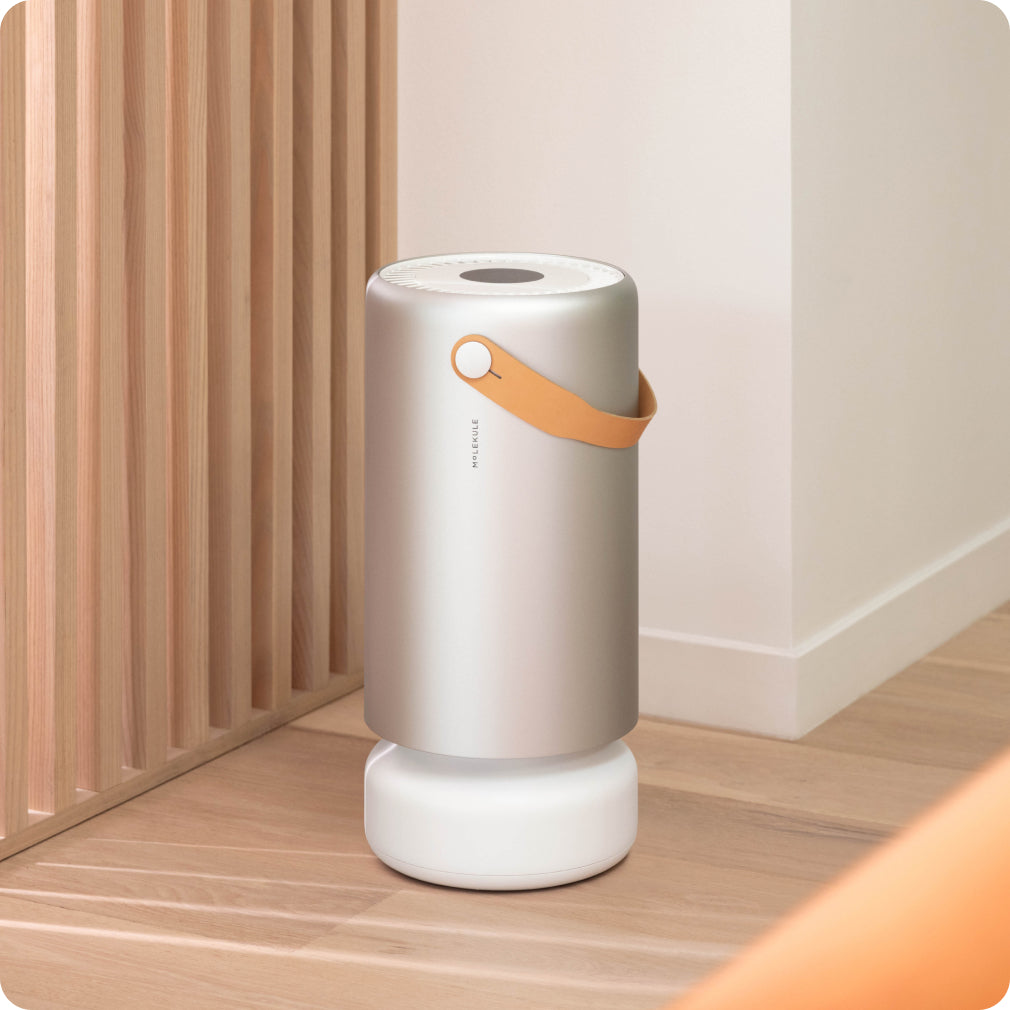Running is having a major moment.
From city streets to remote trails, people are lacing up and signing up—for everything from local 5Ks to world-class marathons.
In 2024, more than 50 million people identified as runners in some form. And of those, 1.3 million crossed the finish line of a marathon—joining a rare and impressive 0.17% of the global population.
So, what do all these runners have in common? They’re all fighting for air from start to finish.
Recent data shows that an invisible force in the air might be making it even harder to breathe during a race or training run: particulate matter. And while you may be able to tackle that indoors, running outside is another story. Read on to find out how to train safely.
What happens to your lungs when you run?
Ask any marathoner what starts hurting first, and many will say the same thing: their lungs.
That’s because when you run, your breathing rate goes into overdrive.
- At rest, you're taking 12–20 breaths per minute
- While running long distance, it increases to 40–60 breaths per minute
Not only that, but the average runner takes 10,000–12,000 breaths during a marathon—roughly half your normal daily intake crammed into just a few hours.
And with every breath, you’re pulling in more than just oxygen...you’re also breathing in everything floating in the air: ozone, chemicals, and fine particles, also known as particulate matter.
What is particulate matter?
Particulate matter (PM) refers to microscopic solid or liquid particles in the air that can be inhaled into the lungs.
There are two common types:
- PM10: 10 microns wide (about 1/7 the width of a human hair)
- PM2.5: 2.5 microns wide (1/30 the width of a human hair)
These particles are so small they can travel deep into your lungs and even enter your bloodstream—leading to:
- Inflammation
- Oxidative stress
- Heart disease
- Certain cancers
When you’re running, you’re breathing harder and deeper—meaning more particles, reaching further into your body.
How does particulate matter affect marathon finish times?
A major study out of Brown University analyzed 2.5 million marathon finishers across 9 major U.S. races from 2003 to 2019.
Here’s what they found:
For every 1 µg/m³ increase in PM2.5,
- Female runners slowed by 25 seconds
- Male runners slowed by 32 seconds
To put that into perspective, 1 µg/m³ is a particle weighing just one-millionth of a gram in a cubic meter of air. In other words: microscopic, but measurable.
The effect was most pronounced among mid-pack runners, likely due to the combination of pace, duration, and breathing rate.
The science is clear: air pollution reduces oxygen delivery to your muscles, making your body work harder and slowing you down.

5 ways to reduce air pollution exposure while running
While you can’t completely avoid air pollution, you can train smarter to reduce exposure and protect your performance.
1. Run at the Right Time of Day
- Aim for early morning, when air is cooler and cleaner
- Avoid rush hour and midday ozone peaks
2. Check the AQI Before You Head Out
- Use tools like AirNow or the Molekule app
- For hard workouts, look for an AQI under 50–100
3. Adjust Your Workouts
- Save speed work and long runs for clear-air days
- Stick to easy, short efforts when pollution is higher
4. Change Your Route
- Avoid busy roads and industrial areas
- Choose parks, trails, or routes near water where air tends to be fresher
5. Go Indoors When Needed
- Use a treadmill or indoor track when outdoor air is poor
- A safer workout is better than a risky one
Marathon training is already tough. Don’t let the air you’re breathing make it even tougher. And always remember to recover in clean air as well.
Understanding how pollution impacts your lungs—and adjusting your routine to protect them—can help you run stronger, safer, and maybe even faster.







